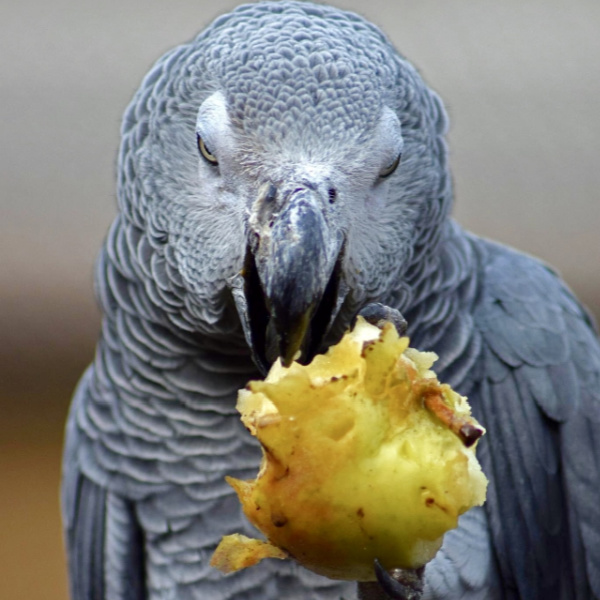Last Updated on by Mitch Rezman
and Parrots Don’t Use Napkins on Their Beaks – Does your parrot need a napkin? Why is he wiping his beak on his perch or cage bars?
Have you noticed that sometimes your parrot wipes his beak on his perch or cage bars? Do you wonder why this behavior happens and what it means? There are two reasons a healthy parrot does this behavior, so let’s look at each reason.
why do humans use napkins, not steel bars?
The first reason is pretty easy to spot if you pay close attention. If your bird eats any soft food, especially yams or other sticky food, some of the food will stick to the outside of the beak. Birds so not like to be dirty creatures and dried food on the beak could easily make it grow out of its normal shape, causing eating problems.
When you sit down at a table to eat a meal, it is considered good manners to place a paper or cloth napkin in your lap and use it to wipe your mouth as needed. Birds don’t have hands or laps, so when they get food on their “mouths” (beaks), they remove it by wiping on a perch or the cage bars. Some birds that don’t have enough perches to wipe their beaks on without messing up the places they must perch will sling the food off their beaks onto the walls near the cage or onto the floor. But it is normal for a bird to clean its beak after eating.
editors note: was creepy the norm in the fifties (asks a child of the prior century)?
who knew napkins could be so problematic?
carry on Nora:
The second reason a bird may appear to wipe its beak on perches or cage bars is a bit more complex. In the wild, parrots spend a great deal of time foraging, opening seeds or nuts, chewing holes into tree trunks to build nests, removing bark from branches to get to insects for protein, and even chewing clay from certain types of dirt for minerals. In other words, the beak is used a LOT, a lot more than when living in our human homes.
If you look carefully, you will notice that around the edges of your bird’s beak are areas where pieces of beak have flaked off as new beak new. This process is normal and as long as the beak shape is normal and the flaked or worn edges do not deform the beak, it should not worry you.
In order to replace the wear and tear on the beak from natural use in the wild, birds living in our homes that have hardwood, concrete or mineral perches will often be seen rubbing their beaks along these perches to keep their beaks well-groomed and the growth in check. They usually do this action in a rapid back and forth manner, much like a human filing their fingernails; after all, the material that makes up the avian beak is very similar to the material from which our human nails are constructed. They are both forms of keratin, the stuff that makes up hair, new feather coverings, talons on birds and human nails. Generally you’ll see you bird rub one side of the beak rapidly and then the other side to ensure the wear is balanced. Their instincts tell them to do this.
To help your parrot ensure its beak does not overgrow, it should be given lots of wooden toys and bird-safe beak conditioners to allow them to incorporate beak grooming into play and foraging activities. It is healthy and normal for every parrot to chew and chew a lot. By providing things that are healthy to chew on, the bird will be less tempted to chew on things you do not want destroyed. If you do not provide good chewing toys, it is more likely you will find holes chewed into the sofa, your shoes, the walls or door jambs and anywhere else the bird can locate chew material — however, those choices may not be safe and could well result in poisoning the bird and horrible death of your beloved feathered buddy.
So, don’t give your bird a napkin to wipe its beak. That’s something that is only done when hand-feeding babies — yes, even when using a syringe or pipette for feeding, babies manage to get their little faces dirty and a good wipe down is required at the end of the meal, usually with a dampened napkin-like cloth.
why don’t give your bird a napkin to wipe its beak – it will get repurposed
Do give your bird lots of perches to wipe its beak on after eating. Do give your feathered pal even more opportunities for healthy chewing and toy destruction, especially of wooden toys, to keep its beak growth rate in balance with its beak wear rate. Don’t worry, the bird will know how to do it all by itself if you have taught it to play and introduce new toys often so that it is used to change and rearrangement of toys in the cage. This will hold the bird’s interest, preventing boredom when you can’t be with it and offering a very natural behavioral outlet.
Written by the Windy City Parrot content team
Author Profile

Latest entries
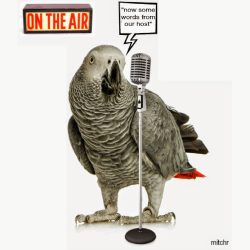 Bird & Parrot CareJune 20, 2025Understanding the Best Way to Use Prevue Pets Mimic Me Voice Trainer
Bird & Parrot CareJune 20, 2025Understanding the Best Way to Use Prevue Pets Mimic Me Voice Trainer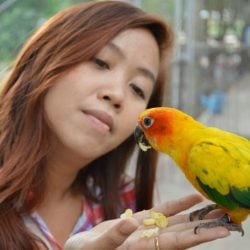 Bird BehaviorJune 6, 2025How Do I Keep My Parrot From Dumping His Food Every Day?
Bird BehaviorJune 6, 2025How Do I Keep My Parrot From Dumping His Food Every Day?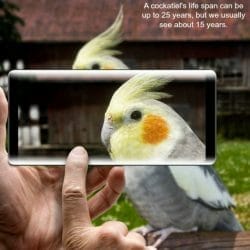 Birds & LightingMay 16, 2025I Am Seeking Clarity About Lighting for My Birds Cage
Birds & LightingMay 16, 2025I Am Seeking Clarity About Lighting for My Birds Cage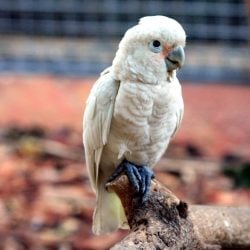 Bird RescueApril 29, 2025How Do We Re-Home a 17 yr Goffin Cockatoo?
Bird RescueApril 29, 2025How Do We Re-Home a 17 yr Goffin Cockatoo?
